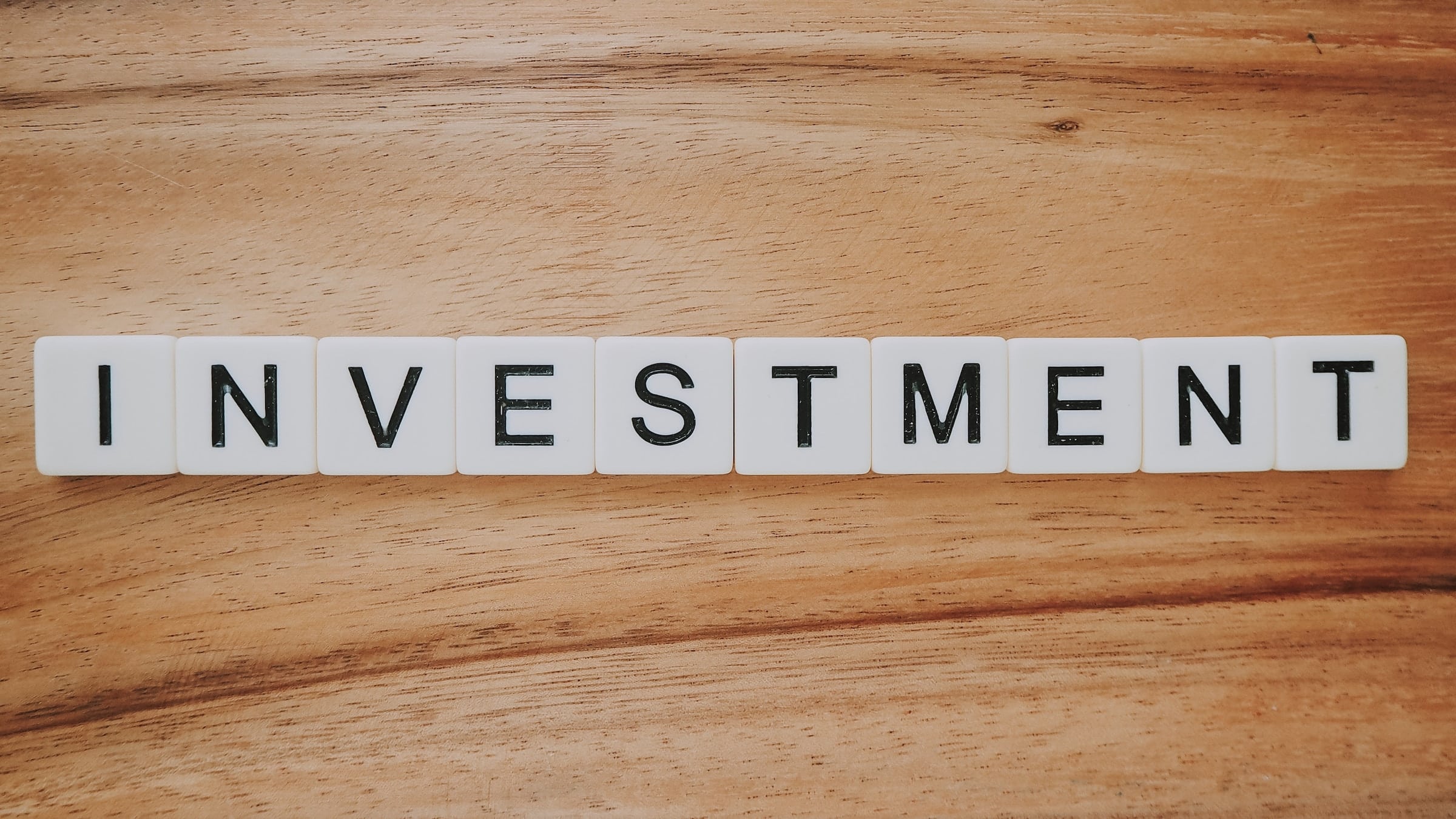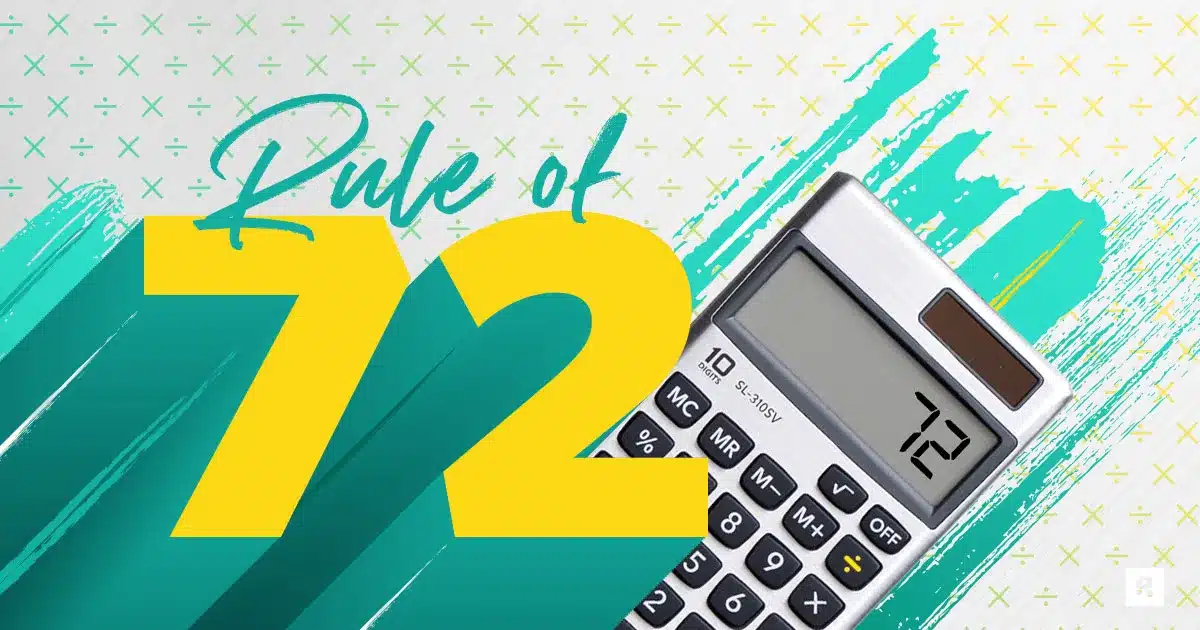In today’s money-oriented society, there’s hidden pressure to “keep up with the Joneses.” We’re constantly exposed to luxurious lifestyles, high-end products, designer brands, and extravagant experiences that often lead to unplanned financial consequences. One such consequence is ‘Lifestyle Creep’ – an all-too-common phenomenon that subtly erodes our financial health over time.
‘Lifestyle Creep,’ also known as ‘Lifestyle Inflation,’ occurs when our spending increases alongside our income and sometimes even faster than our income. As we earn more, we start to indulge more, gradually increasing our standard of living. A new job, a promotion, or a raise might result in more expensive spending habits than we initially intended – a bigger home, a newer car, frequent dining out, and so on. While there’s no harm in enjoying the fruits of our hard work, the problem arises when these lifestyle upgrades become our new norm, making it increasingly difficult to save or invest for the future.
Understanding Lifestyle Creep and how it impacts our financial health is the first step to maintaining long-term financial stability. In this post, we’ll delve deeper into this phenomenon, exploring its potential risks, identifying its signs, and, most importantly, offering practical strategies to keep it in check. Let’s start the journey to a more secure financial future together.
Recommended Reading: My Worst Financial Mistake and How I Recovered from it.
Understanding Lifestyle Creep and Lifestyle Inflation
At its core, Lifestyle Creep, or Lifestyle Inflation, is about spending increases that parallel income increases. As you start to earn more, your standard of living begins to rise almost imperceptibly. Think of it this way: When you start your career, you’re probably content with a modest apartment, public transportation, and home-cooked meals. But as your income grows, so might your desires and spending. You might upgrade to a larger apartment or buy a house, get a more luxurious car, and dine out more frequently.
“Lifestyle creep happens when an increase in income leads to an increase in spending on living expenses and nonessential expenses. In other words, things that once were luxuries when a consumer had lower income become (perceived) necessities as they make more. Some experts call it ‘lifestyle inflation,’”.
Kyle Enright, president of Achieve Lending
Lifestyle Inflation can sneak up on us in many forms, from upgrading to a more expensive gym to starting to shop at luxury brand stores. What was once a luxury or a treat becomes the expected norm. While it’s perfectly natural to want to enjoy your hard-earned money and enhance your living standards, this shift can have significant long-term financial implications. In its most benign form, Lifestyle Inflation might lead to missing out on potential savings or investments. But in more severe cases, it can result in an inability to meet financial obligations, mounting debts, and an unsustainable lifestyle.
Real-world examples are plentiful. I bet you can find one in the mirror ;). What do you do when you get a considerable raise? Instead of saving or investing this extra income, they might move into a larger apartment, upgrade their car, or start eating at expensive restaurants regularly. Initially, these upgrades might seem sustainable. After all, they’re earning more, right? But they might not notice how these new spending habits are becoming their norm, eating into their potential savings and making it harder to revert to a more frugal lifestyle. Ask yourself, Do you want to look rich or become wealthy? I know, I want to be wealthy.
Understanding Lifestyle Inflation and its potential risks is the first step to securing financial health. Now that we’ve explored what it means and how it manifests, let’s delve into its potential dangers.
Lifestyle Inflation: A Barrier to Wealth Accumulation
Every time our spending increases in line with our income, we dent our ability to accumulate wealth in the long run. This is one of the most insidious risks associated with lifestyle inflation. Even though we’re earning more, we’re not necessarily saving or improving our financial stability.
Let’s consider an example. Meet Shilpa and Mona, two friends who started their careers together. Over the years, both have seen their incomes grow. Shilpa, however, falls into the lifestyle inflation trap. Every time he gets a raise, he upgrades his lifestyle—a bigger house, better car, more vacations. On the other hand, Mona maintains a modest lifestyle despite her increasing income, consciously deciding to save and invest the extra money she’s earning.
Fast forward a few years, and the difference between Shilpa’s and Mona’s financial health is striking. Even though they earned the same income, Mona is significantly more financially secure. She has accumulated wealth, and is prepared for any unexpected financial emergencies, and is on track for a comfortable retirement. On the other hand, Shilpa lives paycheck to paycheck, unable to put money aside for the future or cope with any unforeseen expenses.
Stories like these are more common than you’d think. Many people fall into the overspending trap without even realizing it until it’s too late. This is why it’s critical to identify the signs of lifestyle creep and take preventative measures. The following section will help you recognize if you’re on the path of lifestyle inflation.
Identifying Signs of Lifestyle Creep
Investopedia mentions -A hallmark of lifestyle creep is a change in thinking and behavior that sees spending on nonessential items as a right rather than a choice. This can be seen in the spending decision attitude of “you deserve it,” rather than thinking of the opportunities that saving money would provide.
Recognizing the signs of lifestyle inflation can be crucial to ensuring your financial well-being. Here are some indicators that lifestyle creep might be influencing your financial decisions:
- Increasing Expenditures: If your cost of living has risen significantly without a corresponding improvement in your quality of life or happiness, it may be a sign of lifestyle inflation.
- Reduced Savings: If you’re not saving more—or worse, saving less—despite an increased income, this can indicate lifestyle creep. Your savings rate should ideally grow with your income.
- Dependency on High Income: If you find it hard to imagine cutting back your spending or maintaining your lifestyle without your current high income, you might be experiencing lifestyle inflation.
- High Credit Card Balances: If your credit card debt is increasing or if you find it hard to pay off your balances each month, this is a red flag for lifestyle creep.
- Less Financial Security: If you’re earning more but still feel financially insecure, it might mean that lifestyle inflation is eating into your ability to build a solid financial base.
If any of these signs resonate with you, don’t worry—you’re not alone. Many people grapple with lifestyle inflation at some point. The good news is, with the right budgeting strategies and financial discipline, you can turn things around.
Budgeting Strategies to Avoid Lifestyle Creep
Budgeting might not be the most exciting topic, but it’s an essential tool in your financial wellness toolbox. A well-thought-out budget serves as a roadmap for your spending, helping you make mindful decisions about your money. Here are some strategies to help keep lifestyle inflation at bay:
- Stick to a Budget: Regardless of your income level, having a budget is crucial. It gives you a clear view of your income, expenses, and how much you’re saving. Regularly revisit and adjust your budget to account for changes in your financial situation.
- Save First: When you get a raise or bonus, resist the urge to increase your spending immediately. Instead, adopt a “save first” approach. Increase your contributions to your savings or investment accounts before adjusting your discretionary spending.
- Set Financial Goals: Having clear financial goals can keep lifestyle inflation in check. Whether it’s buying a home, preparing for a comfortable retirement, or creating an emergency fund, having a target can motivate you to save more.
- Practice Mindful Spending: Consider whether the purchases you make contribute to your long-term happiness or if they’re merely short-term pleasures. Be mindful of whether you’re buying things because you genuinely need them or because you want to keep up with others.
- Maintain a Modest Lifestyle: As your income increases, try to maintain your current standard of living as much as possible. It’s okay to treat yourself occasionally, but aim to keep your regular expenses steady.
By adopting these budgeting strategies, you can enjoy the benefits of increased income without falling prey to lifestyle creep. Remember, the key is not to deprive yourself of pleasure but to find a balance that supports both your current enjoyment and your long-term financial health.
Related Reading: How to Create a Budget
Investment Basics: A Key to Counter Lifestyle Inflation
While managing your spending is crucial to avoid lifestyle inflation, investing plays a pivotal role in bolstering your financial stability. Here’s how you can leverage investments to secure your financial future:
- Invest Early and Consistently: One of the best ways to accumulate wealth is to start investing as early as possible and continue to do so regularly. Even small, consistent investments can grow significantly over time, thanks to the power of compound interest.
- Diversify Your Investments: Don’t put all your eggs in one basket. Spreading your investments across a variety of assets can help manage risk and potentially increase your returns.
- Take Advantage of Employer Matched Retirement Funds: If your employer offers a retirement savings plan with matched contributions, take full advantage of it. It’s essentially free money that can grow exponentially over time.
- Automate Investments: Make investing a seamless part of your financial plan by setting up automatic contributions. This ensures that you regularly invest without the temptation to spend that money elsewhere.
- Stay Informed and Get Advice: Investing can be complex, and it’s essential to understand what you’re investing in. Read up on financial news, educate yourself about different investment options, and consider seeking advice from a financial advisor.
By using these strategies, you can make your money work harder for you. Not only does this offer a sense of financial security, but it also reduces the temptation to inflate your lifestyle. Remember, investing isn’t a get-rich-quick scheme, but a long-term strategy for financial growth and stability.
Conclusion: Embrace Financial Wellness, Not Lifestyle Creep
The concept of lifestyle creep—or lifestyle inflation—highlights a crucial aspect of our financial journey. It’s not just about how much we earn, but how we manage that income. A higher paycheck can certainly make life more comfortable and enjoyable, but it should also contribute to our long-term financial health.
Remember, avoiding lifestyle inflation doesn’t mean depriving yourself of enjoyment or denying the rewards of your hard work. Instead, it’s about mindful spending and prioritizing your financial wellness. It’s about recognizing that ‘keeping up with the Joneses’ can be a slippery slope to financial stress, and that true wealth and financial security come from living within our means, saving diligently, and investing wisely.
In the end, the power to avoid the trap of lifestyle creep lies in our hands. With awareness, planning, discipline, and the strategies we’ve discussed, we can enjoy our present while also securing our future. Here’s to your financial wellness journey!
FAQs
A. Lifestyle inflation, also known as lifestyle creep, refers to the phenomenon where one’s spending increases as their income grows. This could be through buying a larger home, a new car, going on more extravagant vacations, or even just dining out more frequently. The risk is that as your lifestyle inflates, you save less, invest less, and can potentially undermine your long-term financial stability.
A. Lifestyle inflation isn’t inherently bad – it becomes problematic when it starts impacting your financial health negatively. If you’re not increasing your savings rate with your rising income, finding it hard to reduce spending, or accumulating more debt to maintain your lifestyle, then lifestyle inflation could be hindering your financial future. The key is to find a balance between enjoying your hard-earned money now and saving for your future needs.
A. Beating lifestyle inflation involves a few key strategies:
- Budgeting: Keeping a budget helps you track your income and expenses and make intentional decisions about your spending.
- Saving First: Whenever you get a pay raise, commit to saving a significant portion of it before increasing your spending.
- Mindful Spending: Ask yourself whether each purchase adds long-term value to your life or is merely for short-term pleasure.
- Investing: Regular and smart investments help grow your wealth and provide a beneficial place to direct any extra income, reducing the temptation for unnecessary spending.
A. Common signs of lifestyle creep include:
- Rising Expenses: If your cost of living is increasing faster than your income, it could be a sign of lifestyle inflation.
- Reduced Savings: If your income is growing but your savings aren’t, this could be an indicator.
- Increased Debt: If your debts or credit card balances are increasing, this can be a red flag.
- Dependency on Current Income: If it’s hard to imagine reducing your spending or maintaining your lifestyle without your current high income, lifestyle inflation might be a factor.
Recognizing these signs early can help you make adjustments to keep your financial goals on track.
If you enjoyed this post and found it helpful, please share it with others who might benefit. And as always, I welcome your thoughts and comments. Let’s keep the conversation going and support each other in our journey toward financial health and freedom









